How Much Revenue Is Your SaaS Losing Because of a Poor Interface?
July 28, 2025•14 min read

I hope you enjoy reading this post. If you want us to do your frontend development or design, click here.
Author: Alex Vasylenko | Founder of The Frontend Company
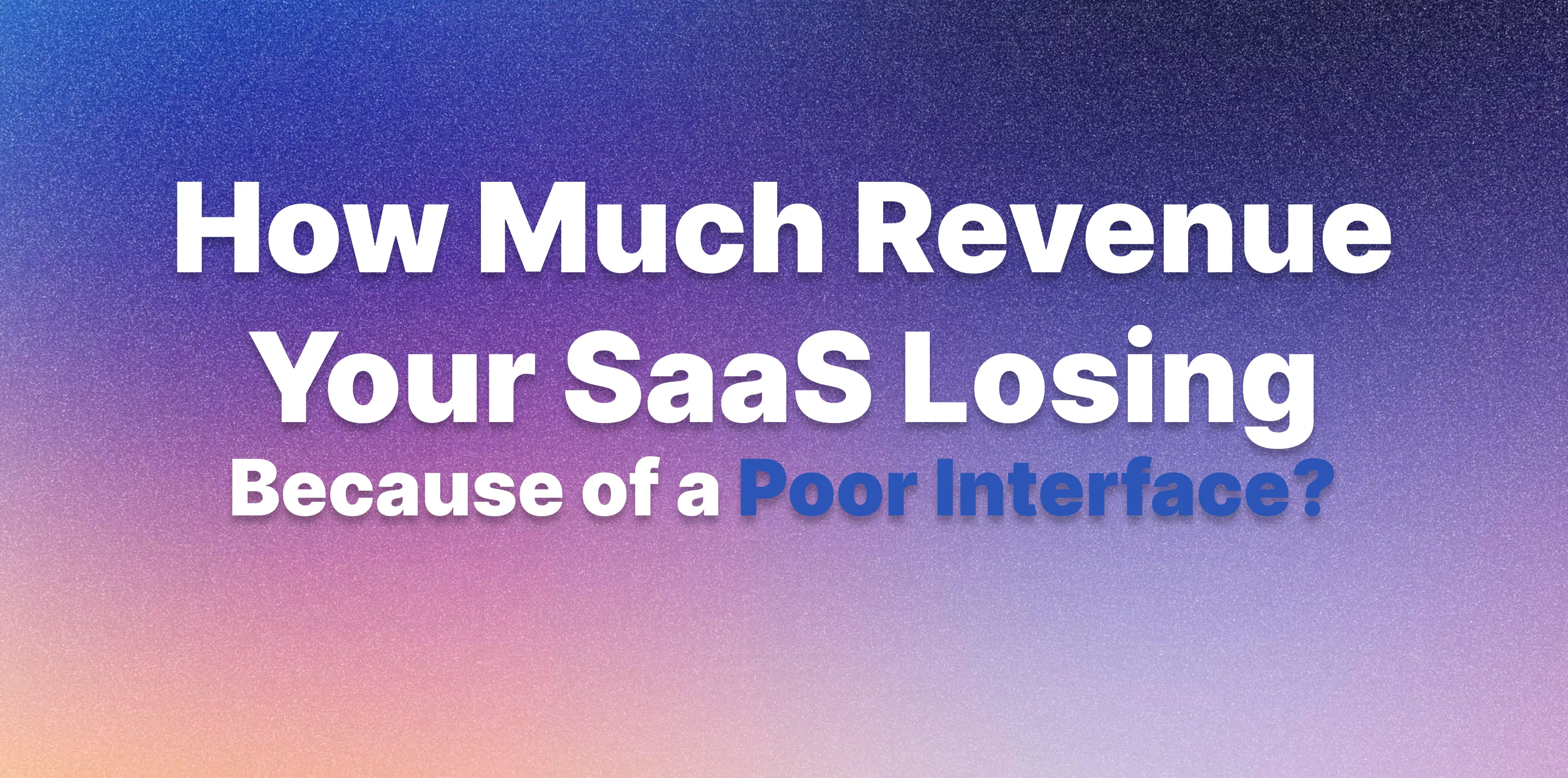
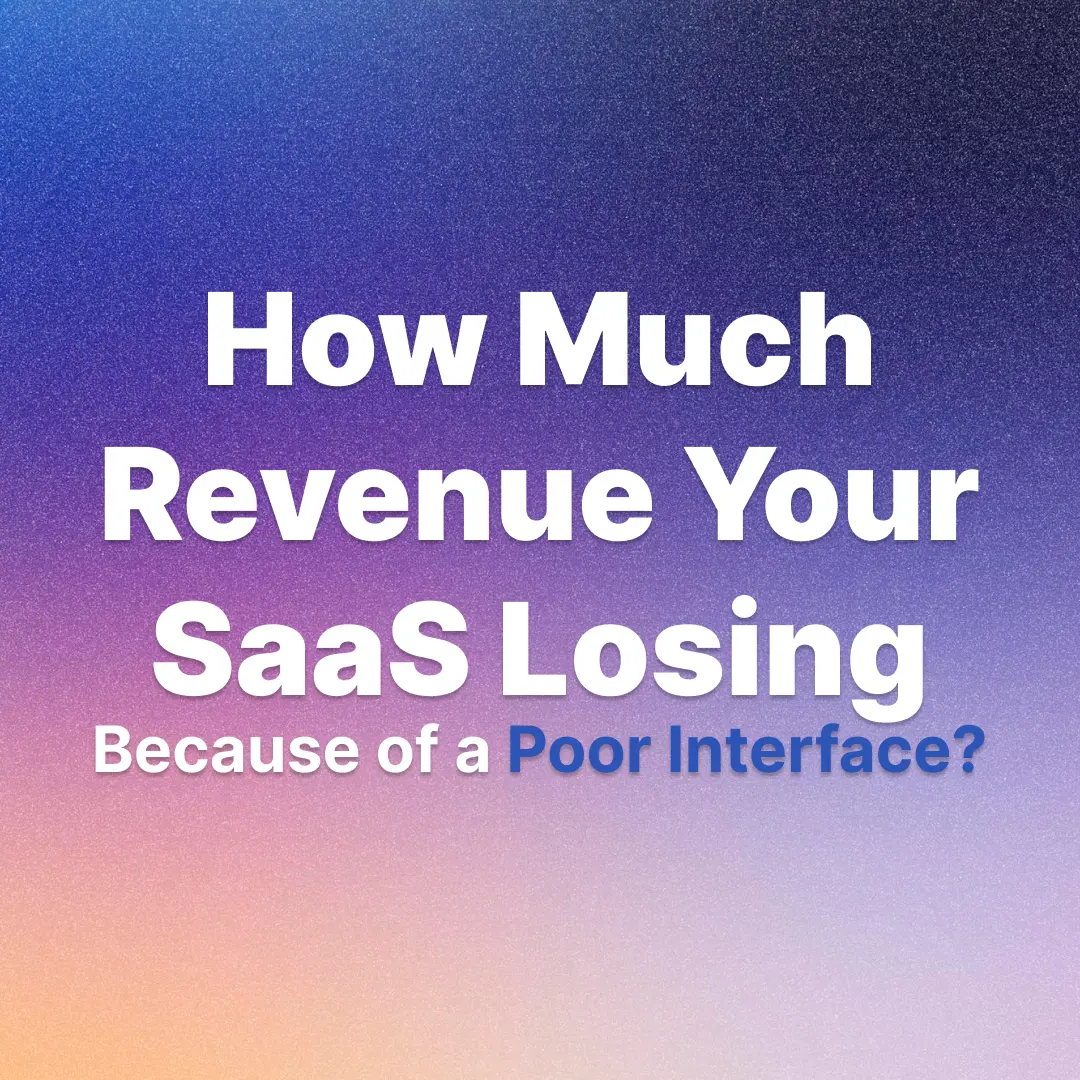
Nine out of ten potential users might quietly walk away if your interface frustrates them. It is because when they sign up for your SaaS product, they expect one thing: to solve their problems quickly and easily.
As the founder of The Frontend Company, I've audited and created 100+ SaaS products. From my experience, I can name poor UX as a silent killer of growth. Every confusing workflow, every slow page, every unclear button – they all make your clients angry. And this is the enemy of revenue.
Unfortunately, many SaaS products underestimate the importance of fast, intuitive UX — and as a result, their businesses stagnate.
In this post, I've collected all the essential insights, numbers, and examples to show exactly how much money SaaS owners are losing due to poor interfaces and bad user experiences.
As you move through this guide, you'll assess the state of your platform and understand whether it's time to upgrade your user experience — and how to do it right.
Impact of Poor UX on SaaS
Before we come to numbers, you need to understand how poor user experience actually impacts SaaS platforms. Here is the list of the most crucial consequences:
People Try Your Product and Bounce
Getting users to sign up is hard. Getting them to stay is even harder.
If your UX is confusing, most trial users log in once, feel lost, quit, and never return.
For example, Manyreach — a B2B emailing SaaS platform. Before redesigning their product, they were losing 94% of trial users before conversion. 94%!
After simplifying the interface and improving the onboarding flow, their conversion rate jumped from 6% to 13%. That's more than double the paying customers purely by making the product easier and more enjoyable to use!
But, on the other hand, if your product doesn't hook users fast due to UX issues, no amount of marketing will save you.
You Need an Increased Support Budget
Bad UX doesn't just hurt users and your balance — it hurts your team, too. Every time a customer asks, "How do I find this setting?" or "Where's that feature?" it's a tiny invoice your design just sent to your support team.
Instead of building relationships or upselling, your support becomes unpaid UX guides.
Meanwhile, your users get increasingly annoyed that simple things aren't simple.
In extreme cases, a bad interface can even lead to costly mistakes.
I know one famous case when a major U.S. bank led to a $500 million loss from a single misclick.
In SaaS, we see the losses in the form of operational drag and churn rather than one-time disasters. Still, it's all dollars out the door.

Transform your UI for peak performance!
🔹
Unlock seamless, high-performance frontend solutions tailored to your business.
🔹
Get an interface that outshines competitors and delights your users.
Opportunities Go Behind You
In a SaaS product with multiple subscription options or add-on features, expansion revenue is key. But customers only upgrade or buy add-ons if they're successfully using and seeing value in the base product. If the UI is confusing, users may never fully adopt the features you offer to them.
For example, if your analytics module is hidden behind a bad menu and the user never finds it, they won't upgrade to the "Pro Analytics" add-on – they might not even realize it exists.
Pendo's research famously showed that 80% of features in the average software product are rarely or never used.
That's not always because those features are bad — it's because they're hidden behind poor UX.
Thus, poor UX indirectly stunts your Customer Lifetime Value (LTV) by limiting how deeply customers invest in your ecosystem.
Your Brand Reputation and Word-of-Mouth are Suffering
The last consequence is that poor user experiences can hurt your brand's reputation in the market. SaaS buyers talk to each other. If your app is known as slow or hard to use, that word spreads – making future sales harder.
Users who churn due to frustration might not all complain publicly, but some will share their experiences in reviews. You need to be cautious about the label of "unfriendly" or "outdated" products in forums and rating platforms, as they directly impact revenue through lost prospects.
Conversely, products famed for great UX benefit from organic advocacy – users rave about how pleasant and efficient they are, effectively giving free marketing.
SaaS companies don't fail because of a lack of features; they fail because users don't use their product
5 Signs Your SaaS UX Is Holding You Back
As the consequences may not be pleasant, you'd better check these warning signs to see if your platform meets all modern user requirements, even if you made a UX upgrade recently. Often, founders and product teams might not realize UX issues because their users do not always say straight, "Your interface is bad. I do not like it."
The signs are there — in your data, in your support tickets, and in your churn rates.
Let's walk through the most common and costly symptoms of UX problems.
1. Poor Onboarding Metrics
If users aren't getting through the first critical steps of your product, that's a huge red flag.
If 60% of your new signups never create a first project.
If they don't complete their first import.
If they don't even log in a second time.
This isn't "bad onboarding" — it's bad UX.
If users do not see value fast enough, it is the top reason they leave.
And the industry benchmarks aren't forgiving: if less than 20–30% of users stick around after their first week, you probably have a friction problem.
If your onboarding feels like work, users will quit before they ever experience the value you promised.
2. Rising Support Volume and Repetitive Questions
Talk to your customer support team and listen to their tickets.
If you're hearing:
"How do I find X?"
"Where is Y?"
"I can't figure out Z."
That means users can't intuitively find or use parts of the UI.
That's a design problem.
Another related sign is if your team has had to create extensive training materials or FAQ entries for what should be straightforward product actions.
Don't blame the users, "Why don't they get it?" Instead, fix the interface or workflow.
Also, consider time-to-resolution: if your support team spends a lot of time walking users through the UI, that's a hidden cost and a warning sign that the product isn't self-explanatory.
3. Low Feature Usage
Look at your product analytics. If users concentrate only on one or two parts of your app and ignore the rest, you likely have a UX discovery or complexity problem.
Despite I mentioned Pendo's study that says 80% of features are rarely or never used in the average product – you must buck that trend by careful onboarding and great UX design.
4. High Bounce Rates and Short Session Times
This is one of the most obvious signs of UX problems, but many stakeholders still ignore it. You need to track how users actually move through your SaaS app:
How many log in, click around for a couple of minutes, and then disappear?
How many start a key process (like creating a project) but abandon it halfway?
For example, a user opens the app, clicks around for 2 minutes, then leaves and never comes back. It usually means one of two things:
They didn't find what they needed.
They didn't care enough to keep trying.
Either way, it's a big problem.
Additionally, pay attention to how many start creating a project vs how many finish creating. If there's a steep drop, something in that flow is confusing, frustrating, or unmotivating.
5. Negative Feedback Focused on Usability
If you have any resources where you can read clients' feedback about your product, do it — that's where the real insights live.
Look for signals like users saying your app is "hard to use," "not intuitive," "slow," or even comparing your UX to a competitor's in a bad way. Those kinds of remarks are giant red flags.
For example, if an NPS detractor says, "We love the features, but the interface is just too confusing for our team," that's not just a casual complaint. It's a sign that UX is holding back a valuable product.
Public review sites like Capterra and G2 are also goldmines for this. Users often call out bad UX directly in their feedback.
And here's the fact: 66% of customers say they wouldn't buy again after a poor experience.
If people are complaining about usability — whether publicly or privately — it's a warning that you can't ignore.
How to Fix Poor SaaS UX
Do not be afraid of these problems. It's better when you recognize them and see room for improvement. This is the crucial aspect of success in the SaaS industry.
And here is the step-by-step solution:
Step 1: Conduct a UX/UI Audit
A proper UX audit looks beyond how you think users behave.
It digs into:
Where users actually drop off
Which flows cause confusion
Where small frictions silently kill conversions
You can make that audit by yourself or with your in-house team, but it's better if you have a side view of your product, especially from experts. I've collected the top 5 UX audit agencies in the world in one of my previous articles. You can read and find the right partner who will dive into how users actually interact with your product to turn missed opportunities into conversions.
The outcome of an audit should be a list of prioritized UX issues and recommendations.
For example, an audit might reveal that "Step 3 of onboarding is unclear and causing 50% drop-off" or "The settings page violates consistency and confuses users."
Once you know what to fix, you can allocate resources to do it.
Step 2: Simplify and Streamline Core User Flows
After you finish the audit, you can start to fix the most critical parts of the user journey.
For example, if I see SaaS has poor onboarding, I recommend adding a guided checklist or progress bar so users know exactly what to do and how far along they are.
It also helps to answer these questions:
How many steps can we remove?
Where can we pre-fill or suggest values?
How fast can we get users to a "win"?
Aim for the "under 5 clicks to value" rule: if your onboarding doesn't get a user to experience value in under ~5 clicks, it's too complex.
Don't be afraid to refocus the UX on the core elements that drive value.
Step 3: Build Consistency and Clear Visual Hierarchy
If you've completed steps 1 and 2, you've already achieved a lot for your SaaS platform, but there's still room to go further.
The next step is to ensure users are never confused about what to click or where to find something. If they have to think too hard, you're already losing.
Standardize your design language – ensure buttons, links, and menus behave and look consistent across the app. Use size, color, or placement to indicate what the primary action is.
For example, a common fix is making a primary button more prominent and secondary options more subdued – guiding the user's eye to what you want them to do.
As one of our designers says, your app should be usable by someone who has never read a manual. Achieving that means making everything feel straightforward and consistent.
Step 4: Add Help and Guidance When Users Need It
If users get stuck or confused inside your app, they shouldn't have to open a 10-page manual or email support.
Good UX means help is built into the interface — right when and where users need it.
That means:
Tooltips next to fields that explain what to click.
A quick walkthrough when someone first lands on a complex page.
Coach marks ("Click here to create your first project"), pointing users to key actions.
A help widget or chatbot inside the app that answers basic questions without making users leave the page.
It's all about removing guesswork at critical moments.
If someone is trying to fill out a form and gets stuck, a small hint like "You can find your API key under Settings" can save them — and save your support team from a future ticket.
One more trick I love to use is to encourage users via microcopy: e.g., an empty state message could not only say "No data yet" but also "Try importing your data using the + button above." These little touches guide users step by step, effectively teaching the UX.
Step 5: Don't Chase Every Design Trend
It's easy to get caught up in the latest SaaS UI trends, but always filter them through the lens of your users and product context.
A common pitfall is adopting a style that looks cool but harms usability.
For example, a trend of hiding menus behind a hamburger icon on a desktop might clean up the look, but if your target users are not tech-savvy, they might not realize where the navigation went.
Another example: dark mode is popular and might be great as an option, but forcing an aesthetic at the cost of readability (like low-contrast text because it looks modern) is a net negative. Design must serve a function – polish is important, but never at the expense of clarity.
Step 6: Test Your UX All The Time
The final cherry on the cake of your UX improvement is testing. When you implement any changes, you must test their impact.
If you have a big enough user base, run A/B tests:
Show the new version to half your users
Compare key metrics like activation rate, task success, or retention
If not, at least do simple before-and-after checks:
Did more users complete onboarding?
Are there fewer support tickets about that feature?
And don't panic if your first attempt isn't perfect.
Maybe you simplified a process and improved activation by 20% — but notice drop-offs later. Great — now you know exactly where to focus next. Over time, small wins stack up into massive gains.
It's also wise to keep gathering user feedback as you roll out improvements – see how newcomers now describe the experience.
The best SaaS companies regularly conduct UX audits and usability tests, even as they add features, to ensure they aren't re-introducing complexity.
How TFC Can Help You Fix Poor SaaS UX
While you absolutely can improve UX with your in-house team, sometimes you need a boost from those who live and breathe design. That's where a partner like The Frontend Company (TFC) comes in. We specialize in SaaS design services and refine UX to be clean, scalable, and conversion-driven.
We perform technical and frontend audits, then craft a new UI/UX vision that aligns with your business goals and user needs.
Don't hesitate to get expert help to fix UX issues; it can accelerate your turnaround dramatically.
Get a FREE 1-hour consultation
What's the ROI of a UI Redesign?
Now, we're getting close to the sweetest part of this article. So, how much money can you make from redesigning your SaaS product? Fortunately, there are plenty of data and case studies that show the ROI of good design is profoundly high.
Hard ROI numbers from studies:
Research from Forrester (paid report) shows that, on average, every dollar invested in UX brings 100 in return. That's an ROI of 9,900%. This value comes from increased conversion rates, increased customer loyalty, reduced support costs, and higher sales.
Roger Pressman (noted software engineer) said every dollar on UX returns between $2 and $100, depending on the issue.
McKinsey's multi-year research on design found that companies that prioritize good design outperform their peers by a wide margin. Over 5 years, top-quartile design-focused companies had 32% higher revenue growth and 56% higher total returns to shareholders compared to those with poor design.
On a smaller scale, an often-quoted metric from an IBM study is that every dollar spent on fixing problems in design saves $10 in development and $100 in post-release maintenance.
We at TFC have seen specific ROI outcomes: One client's SaaS platform had a cumbersome workflow that resulted in lots of support calls and slow onboarding. After our UX revamp, their support tickets dropped by ~25% (saving them costs) and their free-trial conversion rose by double-digits because users were now completing the setup on their own. In revenue terms, that was hundreds of thousands of dollars in ARR added within a year for a redesign investment that was a fraction of that.
To put a fine point on it, ask yourself, what would a 10% increase in trial conversions, a 15% reduction in churn, and a 20% increase in average user engagement do for your Annual recurring revenue (ARR)?
Those are realistic improvements from addressing UX issues (some companies have seen even more). The aggregate impact might be doubling your ARR growth rate or reaching profitability sooner. That's the kind of ROI that makes a UX project incredibly worthwhile.
As Forrester's research and multiple industry examples show, investing in UX pays off significantly – sometimes in the very first few months after changes and certainly in the long run as happy users drive sustained growth.
Great SaaS UX & UI Examples
Lastly, I want to show you some great examples of SaaS platforms with great UX & UI that you can use to improve your own. These are products that have set the bar in their respective areas, and you can learn a lot from what makes them so successful.
Notion — Clean, Personalized, and Grows With the User
Notion is an all-in-one workspace for notes, tasks, and project management that we also use in TFC. We love it for its balance of power and simplicity.
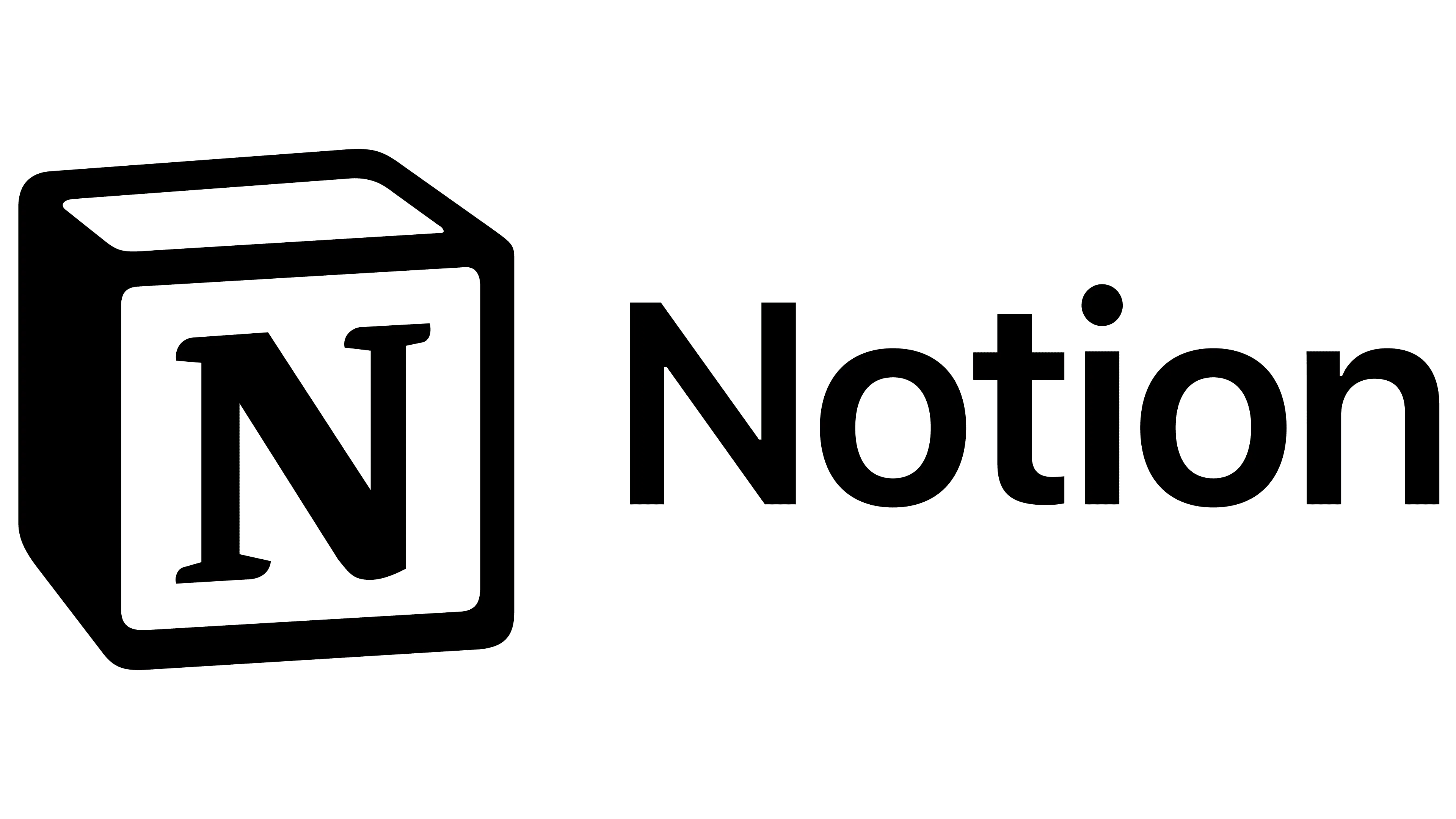
Why it's great:
Firstly, onboarding personalization. When you sign up, Notion asks what you intend to use it for and tailors the initial templates and guidance to that choice. This ensures new users aren't overwhelmed – they see relevant examples and a guided tutorial for their use case.
Notion also excels at consistency and simplicity in design. There's essentially one core editing interface for all content types (pages, databases, etc.), so once you learn it, you can do anything. The icons, typography, and layout are understated and uniform, which means user attention goes to their content, not figuring out the UI.
What can we learn from Notion?
Use templates or default content to help users not face a blank screen. Notion gives you a bunch of starter templates – something you can emulate for your SaaS by providing pre-filled examples.
Ensure your UI is consistent and guides users from basic to advanced usage. If your product has lots of features, consider a graduated onboarding: teach the basics first, then drip-feed tips or tutorials for advanced features later. Notion, for example, sends out a helpful "daily tip" email and has a great help center if you want to dive deeper.
Lastly, Notion's community has created thousands of shared templates – a sign that if you nail UX, users will engage deeply and even create content that brings in more users.
My recommendation is to go to Notion and try it yourself to see what mean good SaaS UX design.
Linear — Fast, Focused, and Designed for Flow
Linear is a project management issue tracker that has made waves in the developer community for its exceptionally fast and clean UI. Linear's design philosophy can be summed up as follows: speed is a feature and minimalism with purpose.

Why it's great:
They don't overload you with options on screen – at any given time, you might see a list of issues and a few key actions. The typography is sharp, the spacing is balanced, and they smartly use color to indicate status or priority without needing text. Linear's approach reduces cognitive load by offering one clear path (linearity) in workflows, which results in users feeling less overwhelmed and more productive.
Another aspect is consistency and predictability. Linear uses standard patterns (e.g., a left sidebar for projects, a main list, a detail pane) that users of other tools will find familiar.
Linear is also at the forefront of adopting useful new design trends: it has a native dark mode and subtle animations for feedback. But they avoid trends that don't serve the user – you won't find unnecessary popups or gimmicky graphics. It's all very purposeful.
What can we learn from Linear?
SaaS teams can learn the value of performance and focus on UX. Also, consider keyboard shortcuts or power-user features if your audience would benefit – even if not, having a well-thought-out command palette (like Linear, Slack, and others do) can cater to advanced users without hurting new users.
Linear also shows how a clean UI can differentiate you in a crowded market. Issue trackers aren't new, but Linear's UX is a huge selling point – many teams switch because it feels so much nicer to use.
Paying attention to the details – iconography, spacing, consistent interactions – can elevate the quality of your product. As a result, you can get fantastic user loyalty and very low churn. That's the power of great UX.
Figma – Complex Collaboration
Figma is a browser-based design tool that everyone in the SaaS industry knows. All love it because it allows multiple users to edit the same file, leave comments, and follow each other's cursors — all without stepping on each other's toes. Like Google Docs, but for design.
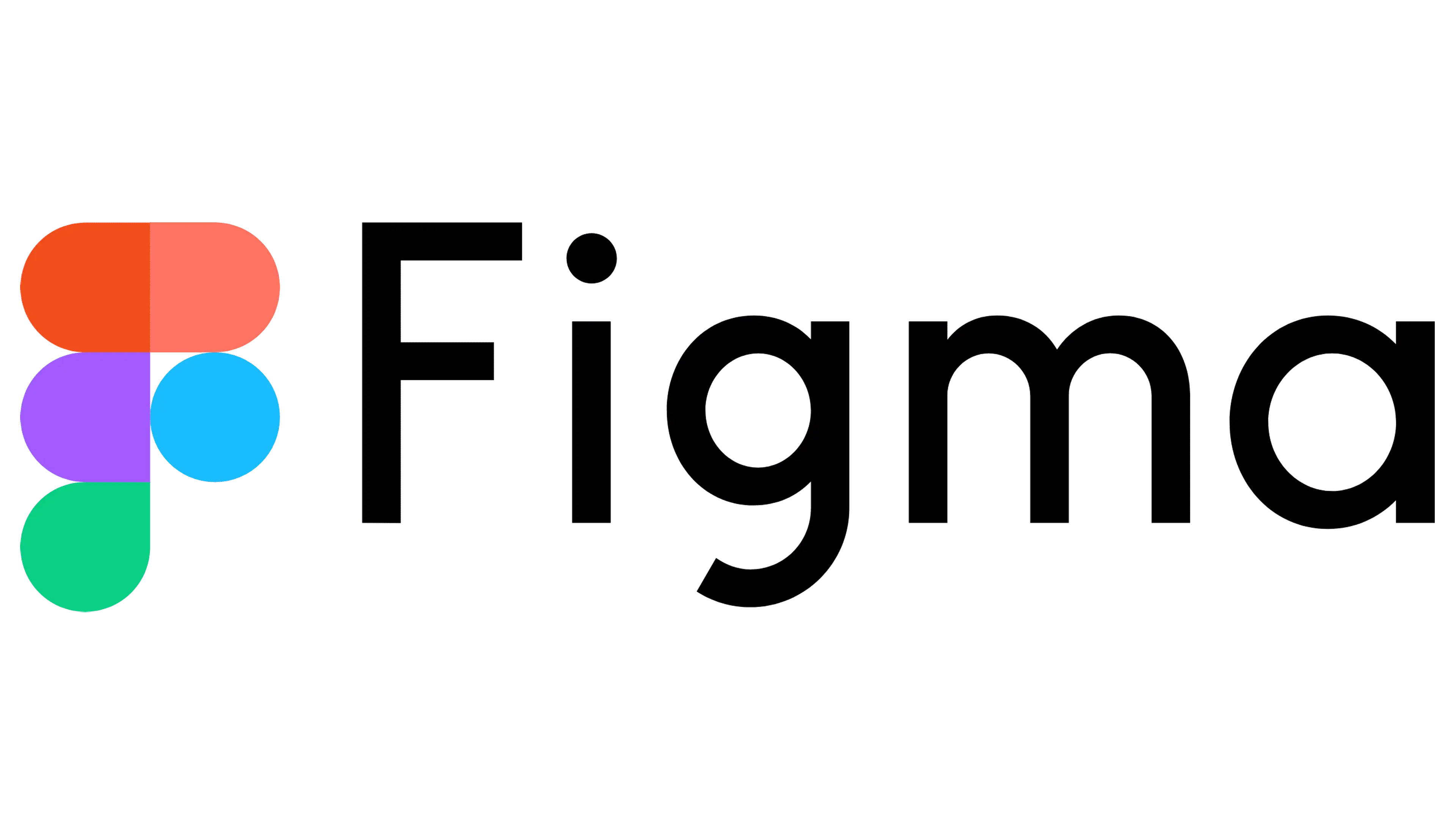
Why it's great:
Figma has low barriers to entry. There's no install, no setup — just share a link and you're in. The interface supports this by being extremely responsive and giving clear indications of who is where in a document.
You see colored cursors with names, and you can click someone's avatar to follow their view. This level of collaboration could have been chaotic, but Figma's UX made it intuitive and actually fun to use.
Performance is another factor – despite being web-based, Figma feels smooth and handles large files easily.
What can we learn from Figma?
If your SaaS has a complex domain, you can use the Figma example to simplify the workflow and bring separate roles together. You can bring designers, developers, and stakeholders into one live environment if your SaaS could benefit from more collaborative features like comments on projects or sharing files with others.
Also, Figma shows that even very complex software can be chunked into a clean, approachable UI by focusing on core actions and hiding complexity until users need it.
Lastly, Figma demonstrates how much users appreciate a product that just works anywhere. If possible, get a huge UX win by making your SaaS usable without heavy installs or with full functionality on the web.
Accessibility and ease of access are often overlooked parts of UX.
Final Word
I hope you enjoyed this article, as I put a lot of effort into it. I took action after noticing numerous projects with inadequate UX design, where people often fail to recognize the issues and underestimate the impact of a good user experience in their SaaS products.
Don't ignore those red flags.
Prioritize a UX/UI improvement in your roadmap. It could start small – maybe fix the onboarding flow – or start a comprehensive redesign if the problems are widespread.
If you need any help with your SaaS product, I invite you to book a free frontend audit and take the first step toward great UX today. I will help you stop losing revenue to a poor interface and turn your UX into one of your company's greatest strengths.
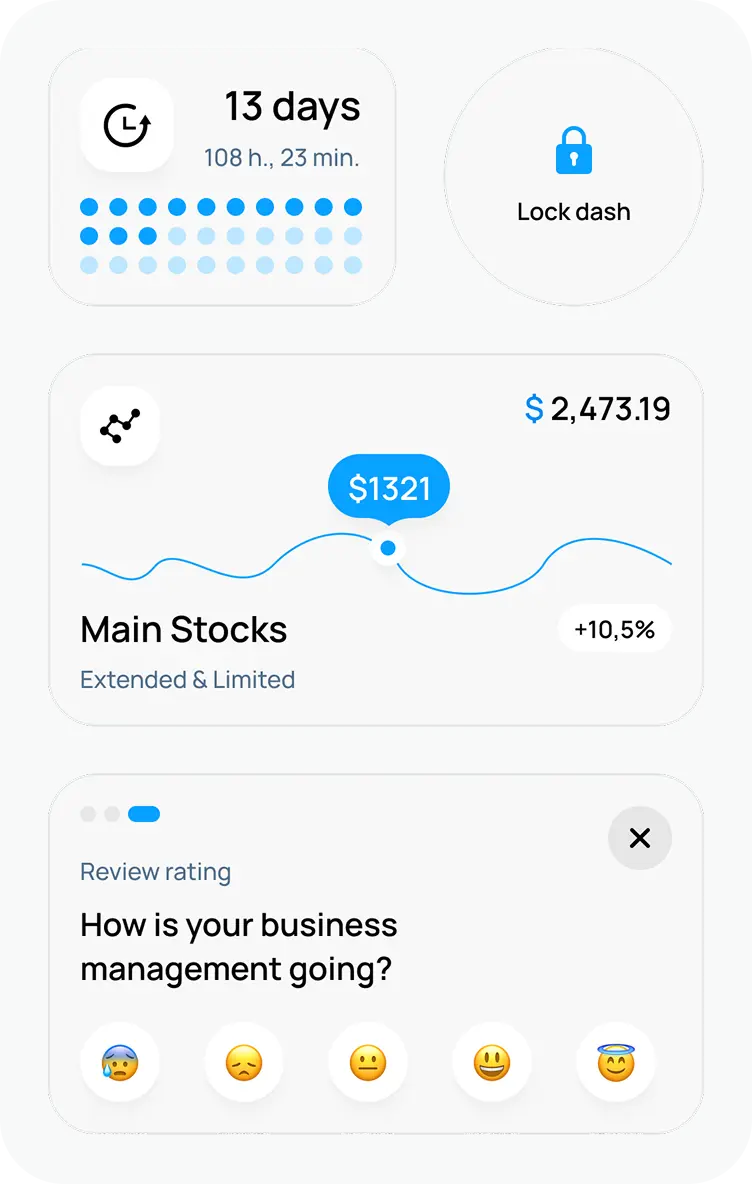
Unlock the full potential of your product

Boost customer retention & satisfaction

Become more competitive on the market

Move to the latest technologies stacks

Improve usability & visual appeal
FAQ

Alex Vasylenko is the founder of The Frontend Company, DBC and several other successful startups. A dynamic tech entrepreneur, he began his career as a frontend developer at Deloitte and Scandinavia's largest banking company. In 2023, Alex was honored as one of 'Top 10 Emerging Entrepreneurs' by USA Today.
RATE
Rate this article please
This will help us provide more useful information.
1856 ratings, average 4.95 out of 5
